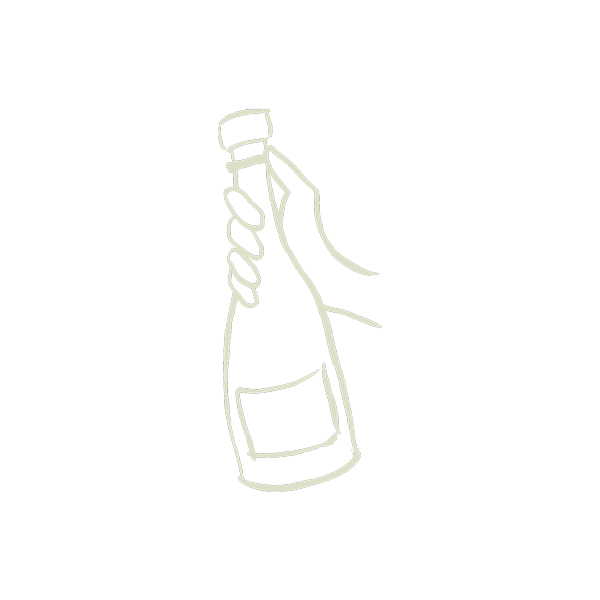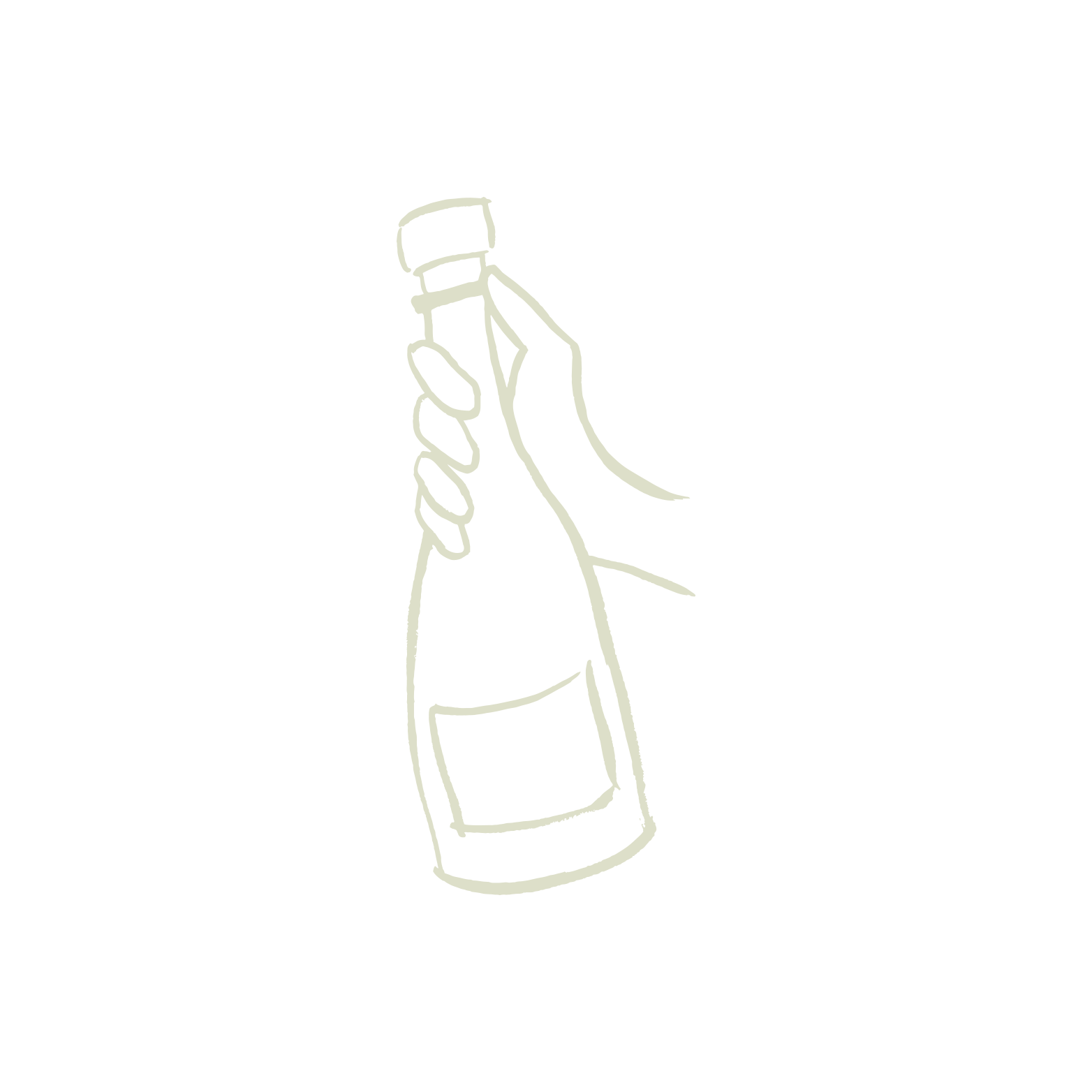Unpacking Pinot Noir

Character isn’t forged in comfort and neither is great pinot noir.
Delicate and thin-skinned, pinot noir is notoriously difficult to grow. Not only is the popular Champagne grape low-yielding, but it's also sensitive to moisture and prone to pests and disease. But, it is through struggle that pinot noir proves its mettle. When it's handled with care and tended with great skill, pinot noir transforms adversity into elegance, producing wines with remarkable complexity and depth. It also becomes a striking reflection of its origin, gracefully expressing terroir and offering a unique versatility that complements an astonishing range of foods. Ready to learn more? Let's unpack the appeal of pinot noir.

Pinot noir is one of the oldest grapes produced in France, dating at least as far back as the 14th century when Cistercian monks in Burgundy first documented its cultivation in their walled vineyards. While the origins of pinot noir are not entirely known, the cool-climate Burgundy region has staked its claim as the grape's spiritual home as it produces some of the best still pinot noir in the world.
In nearby Champagne, pinot noir is one of the three main grapes used to make the region’s signature sparkling wine. Pinot noir accounts for 38% of the grapes produced across all subregions. It is dominant, however, in Montagne de Reims and Côte des Bar, where the chalky, limestone-rich soil and good sun exposure creates the perfect growing conditions. In these cool climates, pinot noir takes on earthy aromas like mushrooms and forest floor, red fruits and roses. As part of a blend, pinot noir adds body, punch and structure.

When vigneron Vincent Lagille visited the fatcork cave in March 2025, fatcork founder Bryan Maletis put him on the spot with a blind tasting. When Vincent saw the three glasses lined up on the counter, each holding a taste of a different cuvée, he immediately picked up the one with Les Grains Noirs Blanc de Noirs Premier Cru Brut from Hervieux-Dumez and said, “Well, this one is absolutely pinot noir.” How did he know this without yet having tasted it? “Champagne made from pinot noir often has the faintest tinge of pink,” he said. He went on to explain that while great care is taken to make sure none of the grape skins make it into the pressed clear juice, sometimes a raisin or two will slip in undetected, and they impart a very small amount of color to the pinot noir juice.
Try Lagille’s pinot noir pro tip for yourself! Scroll down for a few of our favorite pinot noir products.
Pinot Noir Bundle (3 bottles) - $250
Like strength earned through trial, the beauty of pinot noir lies in the obstacles it overcomes. These three 100% pinot noir stunners are elegant, complex and expressive of their unique terroir. In short, they represent the style at its very best.
Fleury Blanc de Noirs Extra Brut - $89
First created by biodynamic farming pioneer Robert Fleury in 1955, this 100% pinot noir is composed of wine from the most recent vintage, which has aged in temperature-controlled stainless steel tanks, and wine from the estate’s perpetual reserve — large oak casks to which a new vintage is added each year. Once blended, the cuvée ages sûr latte for four years before disgorgement.
Mathieu-Gandon Les Bas Moutions Premier Cru Extra Brut - $84
Vignerons Fabien and Séverine Mathieu inherited Les Bas Moutions, a small vineyard in the Premier Cru region of Rilly La Montagne, 10 years ago and immediately began converting the plot to organic. The 100% pinot noir 2020 vintage was their first release from that vineyard, and, finally, it’s ready to pop. This is our portfolio’s first and only cuvée from Rilly La Montagne.
Piollot Come des Tallants Blanc de Noirs Brut Nature 2020 - $104
Piollot produces just 5,000 bottles of the juicy yet bone-dry Come de Tallants each year. This vintage cuvée is made with 100% pinot noir from a small vineyard parcel measuring less than a hectare and perched on a hill with direct southern sun exposure. This is, arguably, the best pinot Champagne in the world right now.


